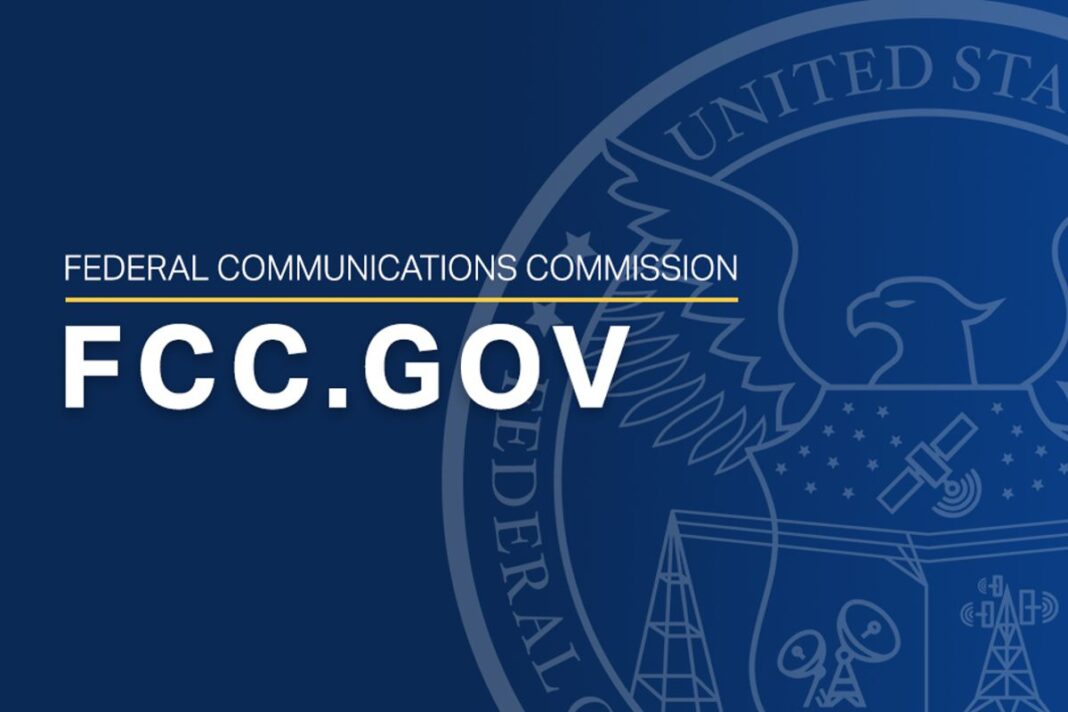Ukraine pioneered the use of small drones on the battlefield. But in Russia’s Kursk region, Moscow’s fiber-optic cables helped turn the tide.
SUMY, Ukraine — Ukrainian soldiers had grown used to the deadly drones stalking their vehicles and chasing them through doors and windows — until they met ones they couldn’t stop.
New drones were swarming the battlefield and didn’t rely on jammable radio signals like the older, simpler models — these were controlled instead by tiny cables as thin as thread stretching back to the operator.
For months, Russia has ramped up its deployment of fiber-optic drones, which are steered by the same data-transporting cables made of glass that revolutionized high-speed internet access.While the cables can occasionally tangle, cutting off the signal, they also give the weapon a major advantage because they cannot be disrupted by jamming systems.
Russian troops have used the weapons, which have a range of up to 12 miles, to destroy Ukrainian equipment and control key logistics routes, particularly in Russia’s western Kursk region, where Ukrainian troops say the new technology contributed to their recent painful retreat.
Russia’s fiber-optic drones, which have a longer battery life and more-precise targeting than wireless models, vastly outnumbered Ukraine’s drones on the battlefield in Kursk, giving Russia a key advantage and making movement so risky that Ukrainian troops were at times stranded on the front line without food, ammunition or escape routes, soldiers said.
Ukraine is also using fiber-optic drones in Kursk and elsewhere, though in significantly smaller numbers as it races to catch up with Russia’s mass production of the devices, in what soldiers and experts describe as the first time Russia has surpassed Ukraine in front-line drone technology since the full-scale invasion in 2022.
Russia’s widespread use of the drones has given Moscow, which already outmans and outguns Ukraine, another military advantage at a critical moment for Kyiv, with the White House pushing for a quick peace deal and the future of U.S. military aid to the embattled country still unclear. This upper hand further contributes to Russia’s confidence in victory and reluctance to agree to a ceasefire.
By Siobhán O’Grady, Kostiantyn Khudov and Serhii Korolchuk







